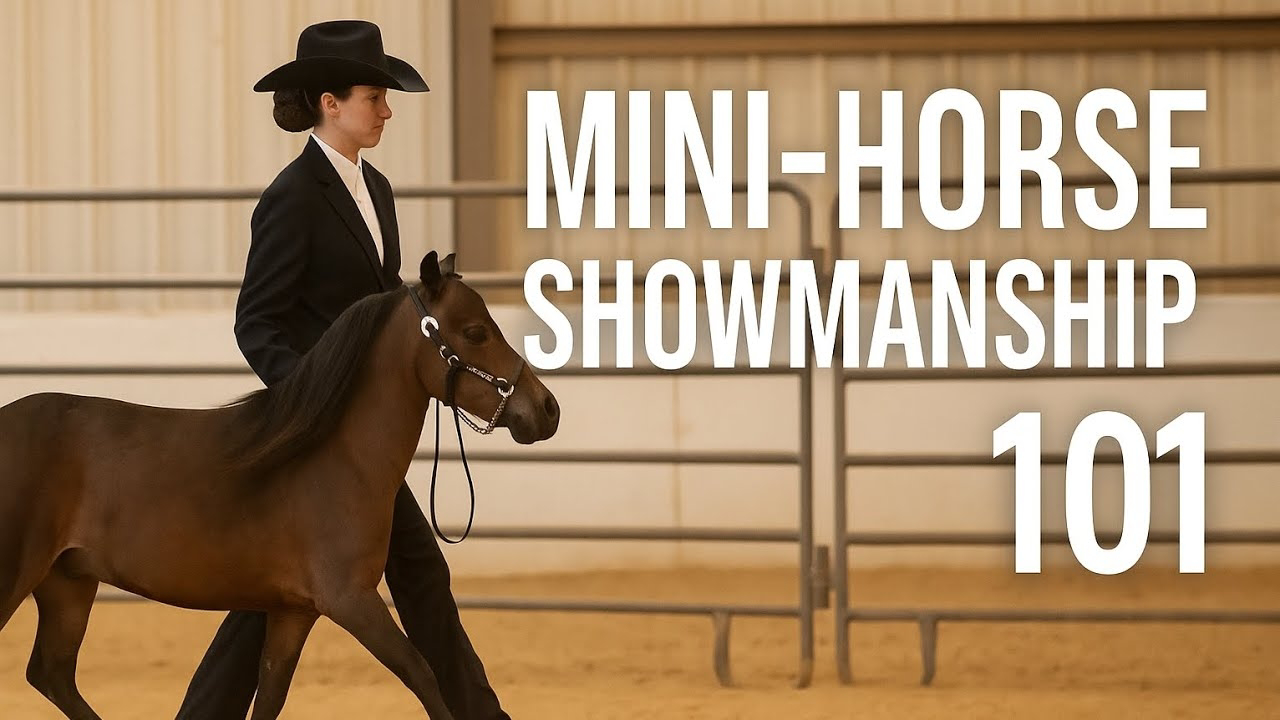Whether you’re new to horses or have been around them for years, brushing up on the most common warning signs is always a smart move. Let’s talk about what to watch for, when to worry, and how to act fast.
🧭 The Basics – Know What’s Normal
Before you can recognize what’s abnormal, you need to know your horse’s “normal.” Each horse is an individual, and what’s typical for one may not be for another. Here's what you should know for your horse:
- Temperature: 37.5–38.5°C (99.5–101.5°F)
- Heart rate: 28–44 beats per minute
- Respiratory rate: 10–24 breaths per minute
- Gut sounds: Active gurgling on both sides of the abdomen
- Manure: Regular, well-formed, not dry or overly loose
- Appetite & water intake: Steady and predictable
- Behavior: Alert, engaged, responsive
Keep a health log for each horse on your farm—you’ll thank yourself later.
🚩 Early Signs of Illness in Horses
These are the subtle red flags—the ones that can sneak past you if you’re not paying attention.
🐎 Changes in Behavior
- Lethargy or a lack of interest in surroundings
- Avoiding social contact with herd mates
- Standing off alone or facing a corner
- Unusual aggression or anxiety
- Resisting haltering or handling
🍽️ Appetite and Water Intake
- Refusing grain but still eating hay—or vice versa
- Leaving part of their meal uneaten
- Drinking significantly more or less than usual
- Dunking hay excessively (may signal dental pain)
💩 Manure and Urine
- Diarrhea, very dry or hard manure
- Fewer manure piles than usual
- Straining to urinate or defecate
- Urine with unusual color or strong odor
👀 Eyes, Ears, and Nose
- Watery or cloudy eyes
- Droopy ears or lack of ear movement
- Nasal discharge (especially thick, yellow, or green)
- Excessive sneezing or coughing
🌡️ Subtle Physical Clues
- Warm hooves (possible laminitis)
- Swelling in limbs or joints
- Asymmetrical sweating
- Patchy coat or sudden dullness
- Shifting weight constantly or standing camped out
🧨 More Obvious Signs You Need a Vet Right Now
While subtle changes are important, some signs mean you need to call the vet immediately.
- Not eating at all
- Rolling, pawing, or looking at the flank (colic signs)
- Labored breathing or flared nostrils at rest
- Fever over 39.5°C (103°F)
- Open wounds or uncontrolled bleeding
- Sudden lameness or refusal to bear weight
- Seizures or collapse
- Profuse sweating with no exertion
Don’t hesitate—when in doubt, make the call. Horses can deteriorate fast.
🔄 What to Do When You Suspect Something’s Off
-
Check the vitals.
If you haven’t already, now’s the time to grab a thermometer and a stethoscope. Record temp, pulse, respiration, and gut sounds. -
Take note of symptoms.
Write down everything, even if it seems minor. You’ll want to give the vet a clear picture. -
Remove food if colic is suspected.
Don’t let your horse continue to eat if they’re showing signs of colic. Walking them gently may help, but don’t force movement. -
Isolate if contagious illness is possible.
Keep your other horses safe while you sort things out. -
Contact your vet.
Describe symptoms clearly, report vitals, and follow their instructions closely.
🧠 Prevention Starts With Observation
One of the most powerful tools in horse care is simply watching your horse every day. You’ll start to pick up on the tiny differences in mood, posture, appetite, and social interaction that can indicate something brewing beneath the surface.
Here are a few daily habits that make a huge difference:
- Watch your horse eat every meal
- Count manure piles during stall/paddock cleaning
- Check eyes, legs, and hooves during grooming
- Note behavior during turnout and bring-in
Even five minutes a day of mindful observation can save you thousands in vet bills and spare your horse unnecessary suffering.
🐴 A Real-Life Example: Shadowfax Gets Shifty
One morning, Shadowfax didn’t rush to the gate like he usually does. He was standing off to the side, not quite sulking, but not himself. His breakfast was mostly untouched, and he kept shifting his weight from foot to foot.
His vitals were mostly normal, but gut sounds were quieter than usual. We called the vet just in case—and sure enough, it was the very early stages of gas colic. Because we caught it fast, he didn’t need anything more than a dose of Banamine, some walking, and a quiet day to recover.
Moral of the story? Trust your gut. If something feels off, it probably is.
📦 Final Thoughts
Recognizing illness in horses doesn’t require a veterinary degree—it requires observation, consistency, and a little intuition. When you know what to look for and you’re in tune with your horse’s habits, you can catch problems before they become emergencies.
Your horse depends on you to be their advocate. So watch closely, learn constantly, and never be afraid to make the call.



